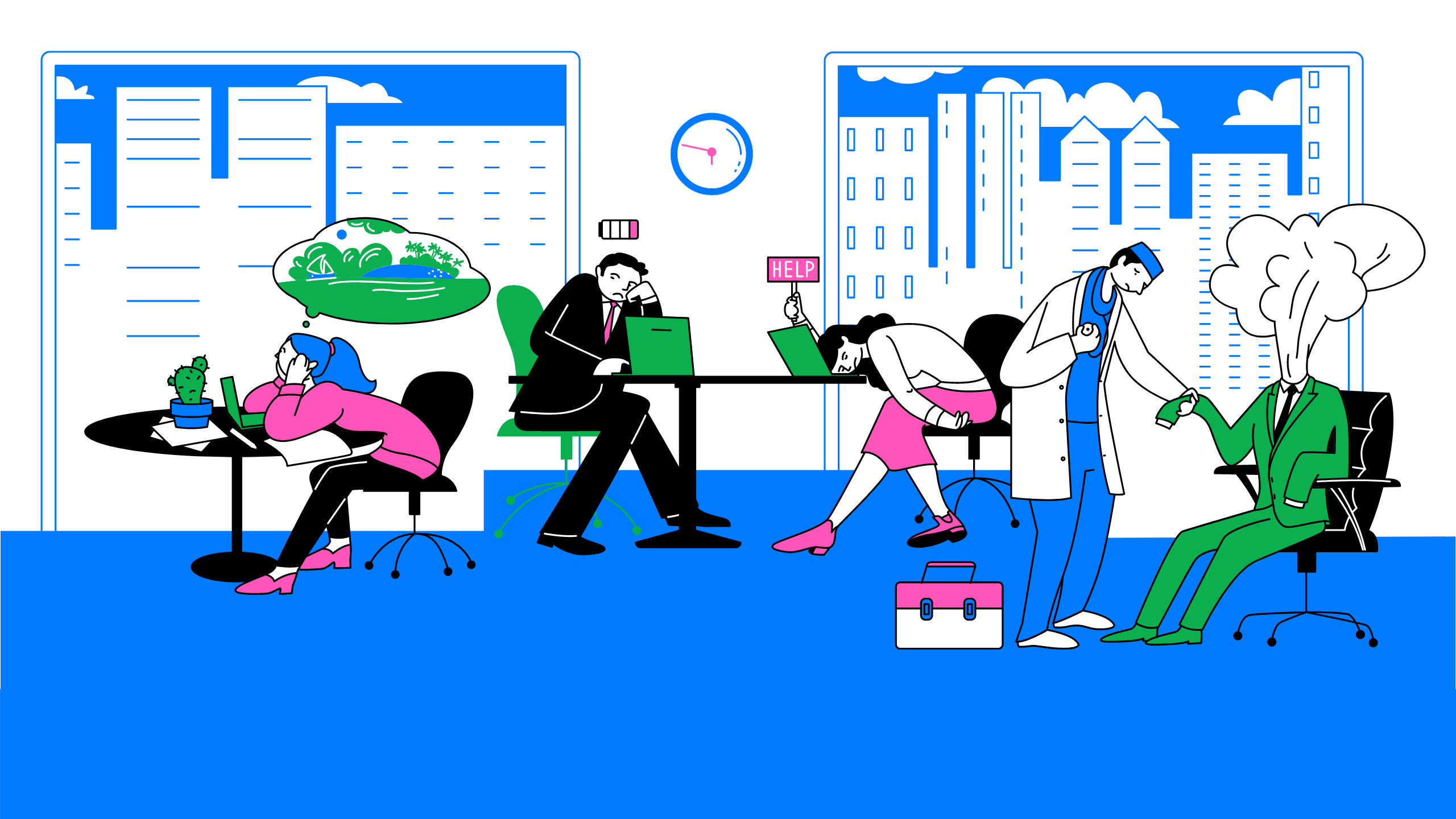An Overlooked Solution For 'Virtual Event Fatigue'
There are countless articles, tweets, and LinkedIn posts from marketers and others expounding upon the future of virtual events and conferences; how ...
Hybrid work: An inherently flexible model that consists of sometimes working from home — or from a remote location — and sometimes working from an office, alongside coworkers.
Of course, the popularity of working remotely soared even higher during the COVID-19 pandemic in 2020. And as of this past February 2021, 74% of professionals expect remote work to become standard...
But let’s back up: Not every job can be done remotely. “Much of the hubbub about remote and hybrid work models tends to overlook that reality. 25% of respondents in Accenture’s report worked on-site throughout the pandemic and expect to continue doing so in the future, regardless of their preferred work model.”
So what’s the solution? Well, 83% of people in that same report of more than 9,000 people (quite an overwhelming majority) said they felt a hybrid work model would be optimal going forward. “That’s indicative of widespread sentiment among office workers that the days of daily commutes and 40-plus hours a week in the traditional office may be waning.”
Let’s dig into this trend more...
“Hybrid arrangements balance the benefits of being in the office in person — greater ability to collaborate, innovate and build culture — with the benefits of quiet and the lack of commuting that come from working from home,” writes Nicholas Bloom for the Stanford Institute of Economic Policy Research. “In my research (published May 2021 in the National Bureau of Economic Research) and discussions with hundreds of managers across different industries, I’m finding that about 70% of firms (from tiny companies to massive multinationals like Apple, Google, Citi and HSBC) plan to implement some form of hybrid working arrangements so their employees can divide their time between collaborating with colleagues on site and working from home.”
These companies are responding to what employees want. According to FlexJobs’ 10th Annual Survey (conducted between July and August 2021), 58% of respondents report wanting to be full-time remote employees post-pandemic, while 39% want a hybrid work environment.” That’s an astounding 97% of workers who desire some form of remote work... and people are willing to quit over it, the same survey shows.
And here’s more data that shows many companies are listening to what workers want. “In May 2021, a Mercer study [also] found that 70% of companies said they were planning to adopt the hybrid model. Many companies have already made the switch, including prominent brands such as Adobe, Salesforce, Spotify, and Twitter. And Microsoft’s Work Trend Index (published in March 2021) found that 66% of employers around the world are redesigning their workplaces to accommodate hybrid work arrangements.”
Check out Microsoft's findings here. “According to our research, the vast majority of employees say they want more flexible remote work options, but at the same time also say they want more in-person collaboration, post-pandemic. This is the hybrid work paradox,” writes Satya Nadella, Chairman and CEO at Microsoft. “Hybrid work represents the biggest shift to how we work in our generation. And it will require a new operating model, spanning people, places, and processes.”
So what are these new processes?
The first step here is to ensure your colleagues who join remotely are first-class participants.
“Creating equitable, inclusive experiences starts with designing for people not in the room,” writes Satya Nadella, Chairman and CEO of Microsoft. “For example, in large meeting rooms in our campus, we are using Microsoft Teams Rooms with high-quality audio and video to ensure everyone can be seen, be heard, and participate as if they were there in person. We are even integrating social cues through emojis and reactions. We’re taking the same approach to our smaller focus rooms, too. We are installing cameras at eye level for participants to maintain eye contact, and will incorporate spatial audio so voices come from the specific person speaking in the gallery view.”
Spatial audio: Let’s talk about this for a minute. It creates an environment that sounds like real life, where audio comes from different places in space.
And with some employees working from home, and some working remotely, it’s never been more important to be able to hear each other clearly while videoconferencing — especially when those people are sometimes sitting next to each other in the office (there was recently an article published on how hybrid work culture is evolving titled “Workers are putting on pants to return to the office only to be on Zoom all day”, after all...).
And why is audio specifically so critical? “There is actually research on why audio-only meetings are easier for humans to comprehend than ones with video. So not only does turning your camera off help reduce fatigue, but it helps you understand others better. Thus, having good audio quality is paramount.” Read more here about how to improve your audio intelligibility. This post also explains why spatial audio helps create the best speech intelligibility: Research shows that when the “talker” and “masker” (other person talking) are spatially separate, people were able to understand each other the easiest.
If you’re working on videoconferencing software, it’s actually possible to implement spatial audio now without much work at all — Clubhouse, the social audio app with 10+ million weekly active users, recently integrated it via High Fidelity’s Local Spatializer. Learn more below.
Related Article:

by Ashleigh Harris
Chief Marketing Officer
There are countless articles, tweets, and LinkedIn posts from marketers and others expounding upon the future of virtual events and conferences; how ...
Subscribe now to be first to know what we're working on next.
By subscribing, you agree to the High Fidelity Terms of Service